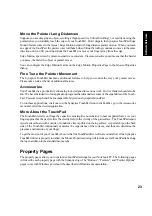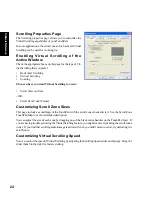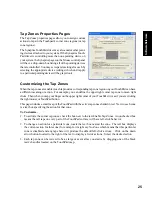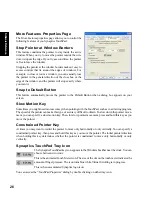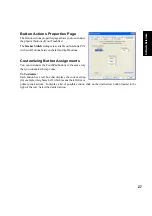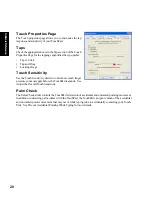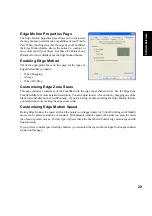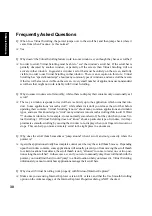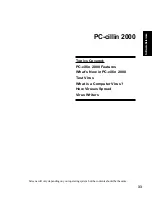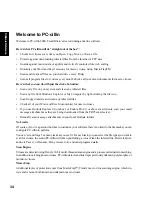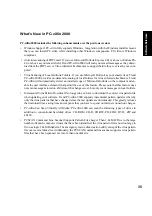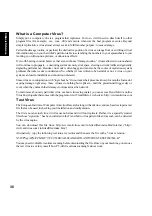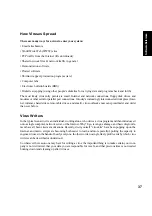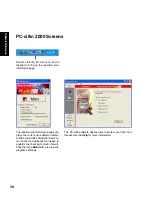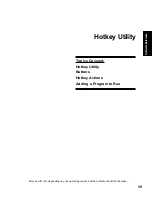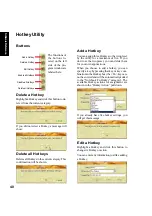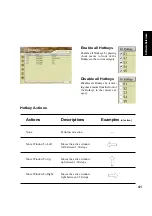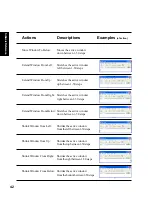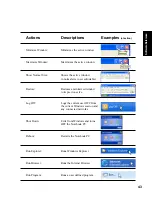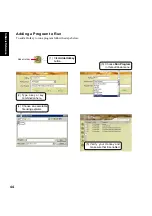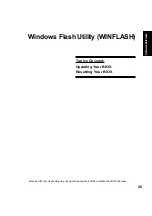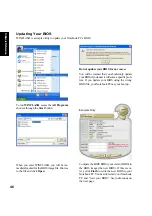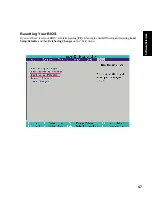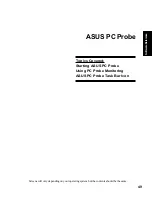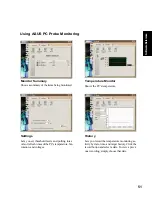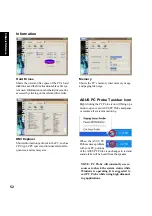
37
Software Reference
How Viruses Spread
There are many ways for a virus to enter your system:
• Email attachments
• World Wide Web (WWW) sites
• FTP traffic from the Internet (file downloads)
• Shared network files & network traffic in general
• Demonstration software
• Pirated software
• Shrink-wrapped, production programs (rare)
• Computer labs
• Electronic bulletin boards (BBS)
• Diskette swapping (using other people’s diskettes for carrying data and programs back and forth)
The most likely virus entry points are email, Internet and network connections, floppy disk drives, and
modems or other serial or parallel port connections. In today’s increasingly interconnected workplace (Inter-
net, intranet, shared drives, removable drives, and email), virus outbreaks now can spread faster and wider
than ever before.
Virus Writers
In the typical scenario, it is an individual, working alone, who writes a virus program and then introduces it
onto a single computer, network server, or the Internet. Why? Ego, revenge, sabotage, and basic disgruntle-
ment have all been cited as motivations. Recently, do-it-yourself “virus kits” have been popping up on the
Internet, and macro scripts are becoming both easier to learn and more powerful, putting the capacity to
engineer viruses in the hands of nearly everyone. In other words, no single, likely profile exits by which virus
writers can be described or understood.
So whatever the reason one may have for writing a virus, the important thing is to make certain your com-
pany is not victimized, that your data you are responsible for is safe, and that precious time is not wasted
hunting down (and cleaning up after) viruses.
Summary of Contents for L3C
Page 8: ...8 ...
Page 32: ...32 Software Reference ...
Page 48: ...48 Software Reference ...
Page 58: ...58 Software Reference ...
Page 84: ...84 BIOS Setup ...

